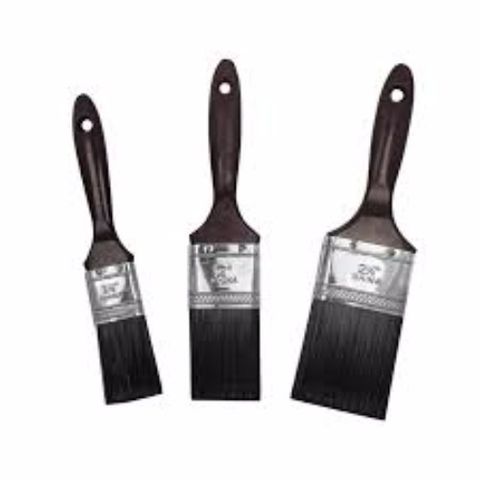Our intumescent paint is designed and tested to increase the fire performance up to 60 minutes with a thickness of paint applied of just 0.25mm or ¼ of a mm. Recommended: Envirograf EP/CP White Intumescent Paint Coating is a white, fire-resistant coating system, offering fire protection to plasterboard or lath-and-plaster ceilings and walls of. We specialise in providing paint and painting related tools delivered to your door; at home or work. Our bulk buying power enables us to pass savings on to you whether you are buying one item or commercial quantities.
Before painting wooden panel doors, they need to be prepared as explained on our 'Preparing wooden doors and windows for painting' page.
The following guidelines apply when applying Primer, Undercoat or Topcoat (or a combined paint). After applying Primer or Undercoat, the surface should be lightly rubbed down using a fine glass paper (at least 240 grade) to remove any dust etc which may have been attracted to the paint - do not rub so hard that the wood grain is exposed.
Painting a panel door can seem an awkward job as there are a number of different parts and you want the finish to appear smooth and without joins. The secret to a good finished appearance is to finish each part with brush stokes in the same direction as the wood grain - on areas 1, 2, 3, 4, 5, 6, 10, 11 12 and 13 the grain runs vertical; while areas 7, 8 and 9 the grain runs horizontal. When painting each area, you need to brush onto the adjacent wood across the grain but by working quickly, the edges will still be wet when you come to paint the adjacent area so that a few brush strokes along the line of the join will achieve the desired brush stokes in the same direction as the grain of the wood.
Paint the door panels (1, 2, 3 and 4). Start by painting the first panel (1) on the outside of the door, use a small paint brush (25mm (1 inch)) to paint around the edges of the panel, then, ideally using a larger brush (50 - 60mm (2 - 2½ inches)), paint the panel itself starting at the top - first using vertical brush strokes, then (without reloading the brush) spread the paint across the panel using horizontal strokes, and finish off with light, upward strokes.
25mm Paint Brush Bunnings
Having completed all the panels on the first side of the door, move to the vertical rails (5 and 6) between the panels and paint these in a similar manner. Vertically overlap the paint onto the horizontal rails (7, 8 and 9) just enough that the finish on the vertical rail is complete.
After the vertical rails have been painted, paint the horizontal rails starting with the top one (7) and working down the door. Paint these by first using horizontal brush strokes, then (without reloading the brush) spread the paint across the rail using vertical strokes, and finish off with light, sideways strokes. Where the paint from the vertical rails overlapped, brush out this into the rest of the paint. Use care to give complete paint coverage where the vertical brush stokes meet the horizontal ones. At the end of the horizontal rails, overlap the paint onto the side rails (10 and 11).


With just the side rails left (10 and 11), start by painting the one nearest the hinges then the other rail from the top down - first using vertical brush strokes, then (without reloading the brush) spread the paint across the rail using horizontal strokes, and finish off with light, upward strokes. Brush out the paint overlapping from the horizontal rails. Allow the paint brush to turn the edge of the door and lightly cover the edge of the door. Do not paint the top of the door unless it opens outwards so that it can be seen from a stairwell.
Brush Paint Flat 25mm
Having completed the outside of the door, paint the inside of the door in a similar manner.
25mm Paint Brush Price
Then, using a small brush (25mm (1 inch)), carefully paint the edges of the door (12 and 13), making sure that paint does not 'turn the corner' onto the completed sides - first paint the hinge edge of the door and then the lock edge.
If the door surround is to be painted at the same time (it is often better to paint the door surround at the same time as the skirting board), start by painting above the door, then at the hinge side and finally the lock side of the door. Use a small brush (25mm (1 inch)), and make the finishing strokes in the direct of the wood grain (i.e. horizontal above the door (14), vertically for the side pieces (15 and 16)).
Paint Brush 5mm

After the finishing coat of paint has been applied, allow the paint to harden before refitting the door furniture.
Paint Brush 50mm
